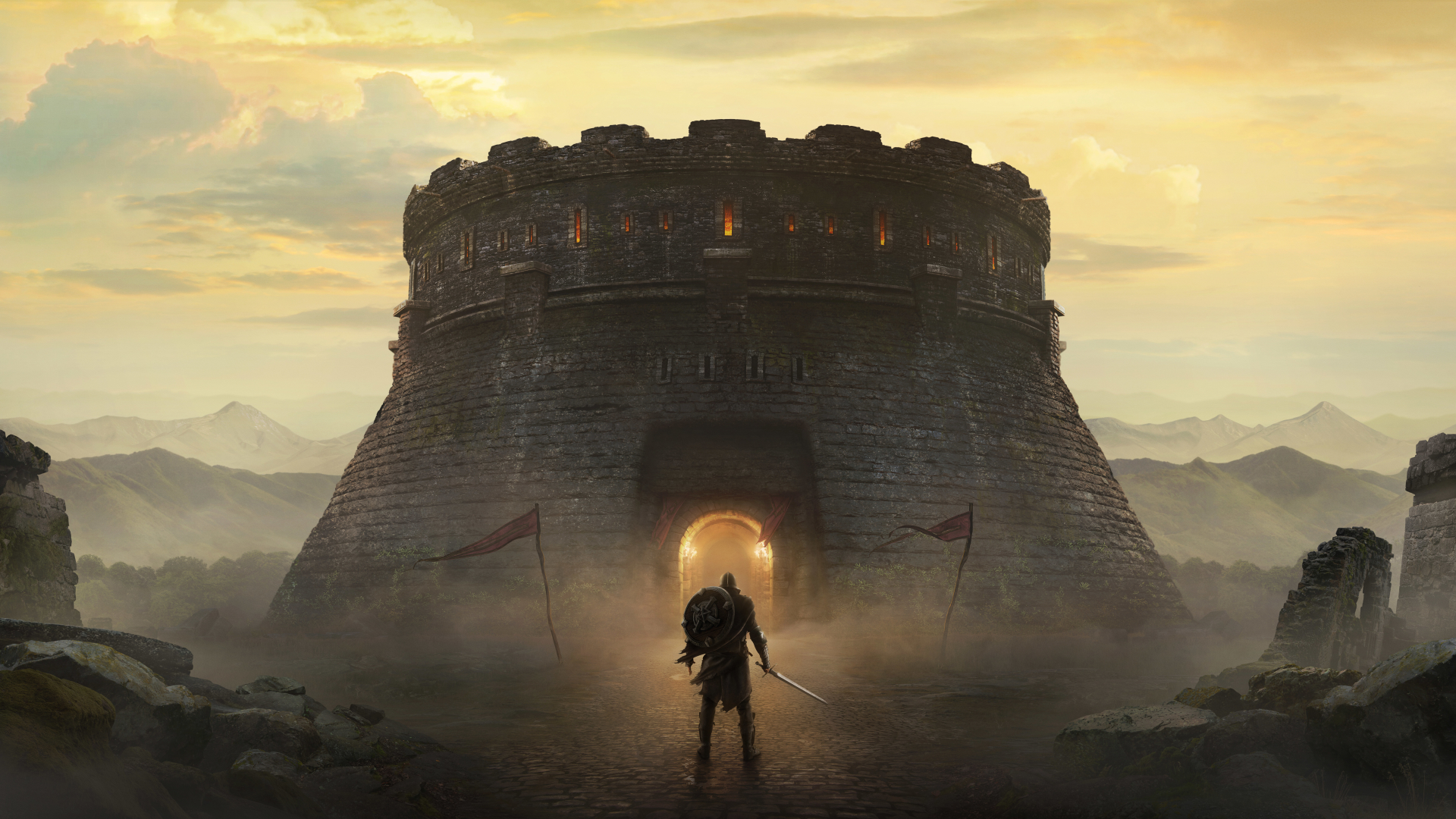

The following article was written during the Early Access phase of the game.
After spending some time with The Elder Scrolls: Blades, Bethesda’s latest entry into the mobile gaming market and spin-off of their flagship franchise series of games, I’ve come to accept that this is not a fully-fleshed Elder Scrolls experience. It’s clear after your first hour with the game that it’s a product of the current era of mobile games – one filled with city building elements, countdown timers blocking off content, and the option to skip those timers with in-game or real-life currency. That’s not a knock on the game, and clearly there’s a huge market for this kind of experience, but a proper entry into the Elder Scrolls series this is not. The sooner you accept that, the more enjoyment you’ll get out of the game.


To sum it up neatly, Blades is to Elder Scrolls as Pocket Camp is to Animal Crossing – the fundamentals of the series are there but in a very stripped-down form. For example, each playable race has different perks, but they’re fewer in number than before. Experience is gained through combat, but individual skill points have been removed. You still get a skill point after leveling up, but you can only put it in one of three trees – spells, perks, and skills. Stealth, sprinting, and jumping have been removed. Perhaps most notable of all is the fact that open-world exploration, a series staple, is absent; players are immediately warped to a quest’s starting location after selecting one from your list. Oh, there’s also a city-building portion of the game, and your city has its own level. If Blades didn’t share assets from Skyrim, I don’t think I would be able to tell that this is an Elder Scrolls game.
You do have a few options when it comes to moving around in the world. You can play it the traditional way in landscape mode, using virtual joysticks to move and look around. You can also play the entire game in portrait, as was shown off by Bethesda during the game’s initial reveal. In portrait mode, you’ll drag the screen to look around and tap on the ground to move (this is also an option in landscape mode). It’s not the most practical way to play this kind of game, but the option is there for those that want it. It’s a thoughtful consideration at the very least.
Fair warning: like with many other modern mobile games, you are going to be sitting behind timers in Blades. Your primary source of loot, chests, come in different varieties with different timers attached. You start with a wooden chest, which has a five-second timer you have to wait for before you can open it. That’s fine, five seconds is nothing. Next is the silver chest with a three-hour timer, and then the gold chest with a six-hour timer. Did I mention that you can only open one chest at a time unless you spend Gems, an in-game currency that can be purchased with real-world money? In addition to the timers on the buildings you construct in your city, expect to be waiting often, and consider finding something else to do while your loot chest slowly creeks open.
One new addition that I enjoy in theory is the Abyss, an endless monster-filled dungeon that offers better loot as you progress deeper. It’s a great opportunity to grind out crafting materials, but this brings me to the combat of Blades. Like most other systems, combat has been incredibly simplified. You can do one kind of attack until you unlock different skills, power attack being one of them. You can block, but during my 7-8 hours with the game, I rarely had to. You can cast spells, once you unlock them. Even with all the options at your disposal, combat usually boils down to tapping on the screen in a pseudo-rhythm, and it gets boring fast.
Two things I would like to commend the game on are its visuals and performance. I played Blades on my Galaxy S9, and while the initial release had severe performance issues and an ear-assaulting audio bug, since the latest patch I haven’t come across any notable hiccups. The graphics are comparable to Skyrim running at medium to high settings, but if you aren’t a fan of the art style Bethesda used in Skyrim and subsequently in TESO, you most likely won’t be a fan of this game’s style either. Still, it’s visually impressive, especially for a mobile game.
The changes made to the Elder Scrolls formula for Blades are going to make or break the experience for you. People who have never been fans of role-playing games might enjoy this simplified experience, but hardcore Elder Scrolls fans might not be happy with the number of features Bethesda has removed from this entry. If you’re one of the latter, your best bet for a mobile Elder Scrolls experience at this moment in time is Skyrim on the Switch. Sorry. However, if you’re a fan of current mobile gaming tropes and you’re looking for a low-effort RPG to pass the time with, give Blades a download.
Did this game live up to your expectations? Were you disappointed by Bethesda’s offering? Let us know what you thought of Blades in the comments below.
Want to tighten up your timing and play like a pro? This guide dishes out…
Want to crush it in Marvel Rivals? Learn how to build killer 6v6 teams with…
Want to crush it in VALORANT? This guide breaks down Agent roles, pro tips, and…
Yeehaw! Cozy up in the Wild West with Cattle Country—farm, befriend, and explore before its…
Cowabunga! TMNT: Splintered Fate hits PlayStation May 20 and Xbox June 24—plus physical editions drop…
Strap on your VR headset—Surviving Mars: Pioneer lands in Early Access May 8! Build, explore,…
This website uses cookies.